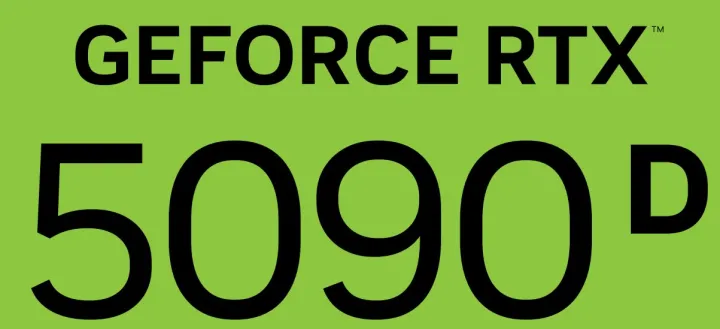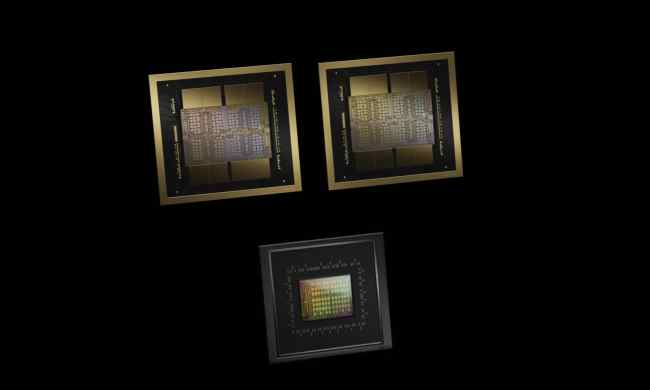Chinese gamers are expected to have limited access to Nvidia’s best graphics card due to strict export restrictions. However, Nvidia may have found a way around it without cutting down its flagship GPU. A new leak suggests that the RTX 5090D will have the same hardware specifications as the worldwide version, and the solution lies in firmware adjustments.
As a quick refresher, the “D” in RTX 5090D stands for “Dragon.” It marks GPUs made by Nvidia to bypass the export restrictions imposed by the U.S. on China, which limit the sale of high-performance graphics processors. We first saw it appear in the RTX 4090D as a remedy for the fact that the base RTX 4090 exceeds the performance thresholds set by these regulations.
Initially, Nvidia adopted a simple approach and started selling the RTX 4090D as a cut-down RTX 4090, with fewer CUDA cores and lower power consumption. As VideoCardz notes, they were also not supposed to be overclocked (although people found a way around that in the end). However, it’s easy to imagine that this wouldn’t have worked with the RTX 5090, which is said to be significantly more powerful than its predecessor.
This brings us to today’s leak. As always, remember that we’re dealing with rumors, and the following may not turn out to be true once the RTX 50-series hits the shelves.

According to Panzerlied, a leaker from the Chiphell forums, the RTX 5090 and the RTX 5090D will be one and the same in terms of specifications. Both will use the GB202 GPU without any hardware adjustments, but Nvidia will limit the AI performance of these GPUs in order to meet the regulations.
It’s unclear what kind of firmware changes Nvidia could add to make sure that the RTX 5090D won’t be quite as useful for AI workloads. One way to go about it would be to limit Tensor core performance, but this would also affect DLSS 3 capabilities. This might make the card much less worth buying for gamers when compared to the RTX 4090D, which, while cut-down, gets the full power of DLSS 3. Nvidia could also slice the card’s default power limit.
This reminds us of the lite hash rate (LHR) limiter versions of RTX 30-series cards. While the GPUs were the same on a hardware level, Nvidia attempted to make them less useful for cryptocurrency miners by including BIOS limiters. Crypto enthusiasts found their way around this pretty quickly, though — whether the same happens to the RTX 5090D remains to be seen.





